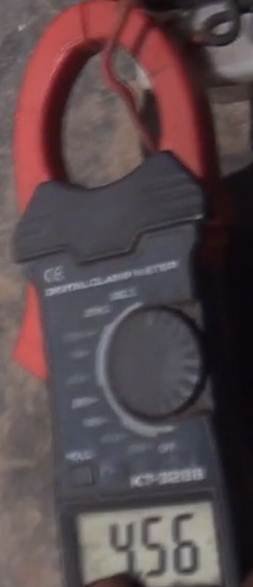Having a refrigerator makes life that much easier. It keeps your food fresh, helps you to freeze foods for later use and cools your beverages. You can store meat, vegetable, fruits, and cooked food. In this post, I have discussed how do you know if your refrigerator compressor is bad or not working?
With today’s technology, there is a wide variety of refrigerator models that have many new and exciting features. In addition to having easy ice dispensing, some refrigerators are ‘smart’ and can help you keep track of your food items, sync with your smart phone and more.
While these features are cool, you must also pay attention to the components that make your beverage cooler run smoothly. One such component is the refrigerator compressor. The compressor is basically the heart of every cooling system that helps maintain temperature to keep working.
What is a Refrigerator Compressor?
A refrigerator compressor is basically a pump or motor situated at the back of the average fridge. Its core function is to regulate the temperature, pressure and flow of refrigerant. If you listen closely to your refrigerator you might notice that it makes a humming sound that runs for a while, shuts off then starts again. This is the sound of the compressor as it goes through the motions of its functions.
How Can You Tell If Your Compressor Stops Working?
- First of all, if you don’t hear any noise coming from the back of the fridge, something might be wrong. Similarly, if you hear a sound that is not the normal ‘hum’.
- The fridge is not cooling properly. This is a tell-tale sign that your fridge may have a problem.
- If you move your fridge and don’t feel any hot air coming from the compressor or the temperature is abnormally high, this can be an issue.
If this happens, you may think the compressor has gone dead. But here is the simple test which can let you know confirmed to save your time and hassle.
1. Unplug the refrigerator from the electrical socket.

2. You can check the electrical voltage using a voltmeter if there is an overloaded voltage.

3. Remove the refrigerator away from the wall to access the rear side and open the side panel of the compressor.

4. Find the starter relay to check for continuity by shaking, if rattle occurs, replace it or check with a meter. If it does not rattle, the problem is with the compressor and it needs to be repaired or replaced with a new one.

See also:
- Top Best Commercial Beverage Dispensers
- Top Best Commercial Ice Maker Machines
- Best Used Ice Maker Machines
- Best Nugget Ice Maker Machines
- Top Best Commercial Ice Cream Machines
There are a few common reasons why your fridge compressor may go bad:
- Wear and tear – If you’ve had your fridge for a long time, sometimes the parts can start to wear out and lose efficiency. It’s a good idea to service your refrigerator from time to time to avoid parts like the compressor burning out.
- Dirty condenser coils can affect the performance of the compressor and make it have to work harder to pump and cause overheating or burning out
- A broke motor fan or malfunctioning fan affects the temperature and can cause overheating as well
- Damage can occur due to high electrical voltages power surges. To prevent such incidents, plug a voltage regulator/stabilizer into the power outlet, then plug the fridge into the regulator.
Many issues can be prevented with care and maintenance of your refrigerator. After years of use, dust and dirt can accumulate and create issues or affect the performance of the outer lying parts. A fridge is such an essential appliance for your home or restaurant, it should be treated with care.
Always try to purchase from manufacturers that are reputable. This ensures that you can easily source replaceable parts if your compressor or other parts go bad. Regular cleaning, keeping track of its performance and just general maintenance are simple methods to extend the durability of your fridge.
